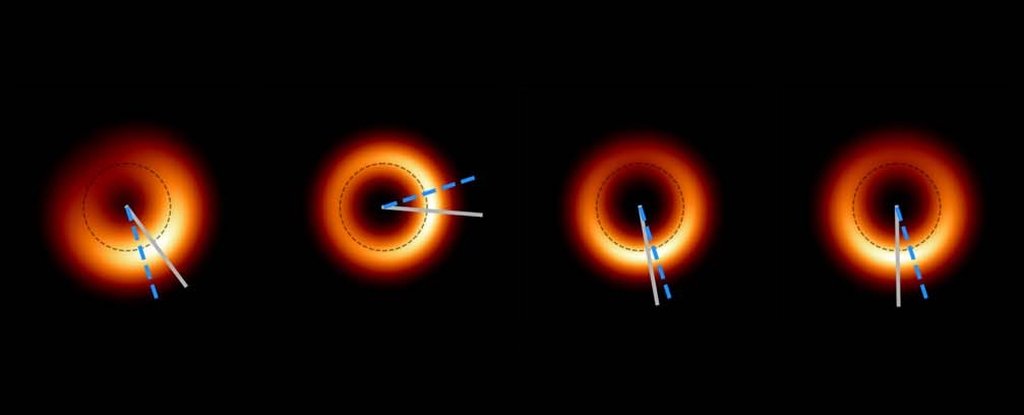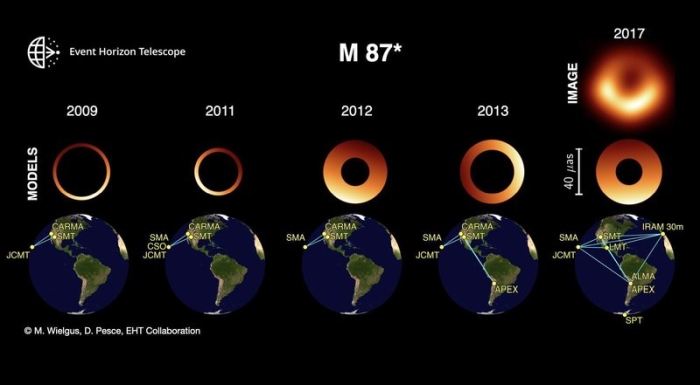It looks like you're asking me questions, rather than trying to support the claims you have made. Why is that? Are you hoping to catch me in some error?OK, lets go to specifics.
What does "proportional density" mean? Do you mean it has the same density as the Sun, or 100 times greater density, or what?You have a star 100 times the size of the sun and proportional density.
Gravitational collapse isn't a weird phenomenon. Do you understand the basics of what keeps the Sun at its approximate current size? Gravity is always there, trying to "shrink" it. So it's something else that stops it shrinking. Want to hazard a guess as to what that might be? And then, consider what happens when that thing stops working.... after such weird phenomenon of "shrinking" (???) give the the new size.
Okay. Here's a definite figure for you. If we could collapse all of our Sun's mass to a black hole, right now, the resulting black hole would have a diameter of approximately 6 kilometres.Lets play with your black hole. Show your measurements with simple mathematics. Find the size of the sun, multiply it by 100, and later apply the formula to find out the size of the out coming black hole.
Presumably, being the expert on black holes that you are, you will already know how to do that calculation.
The same formula applies to stars of whatever mass. Look it up.Be aware that other star sizes will be used in order for you to find their size as black holes.





